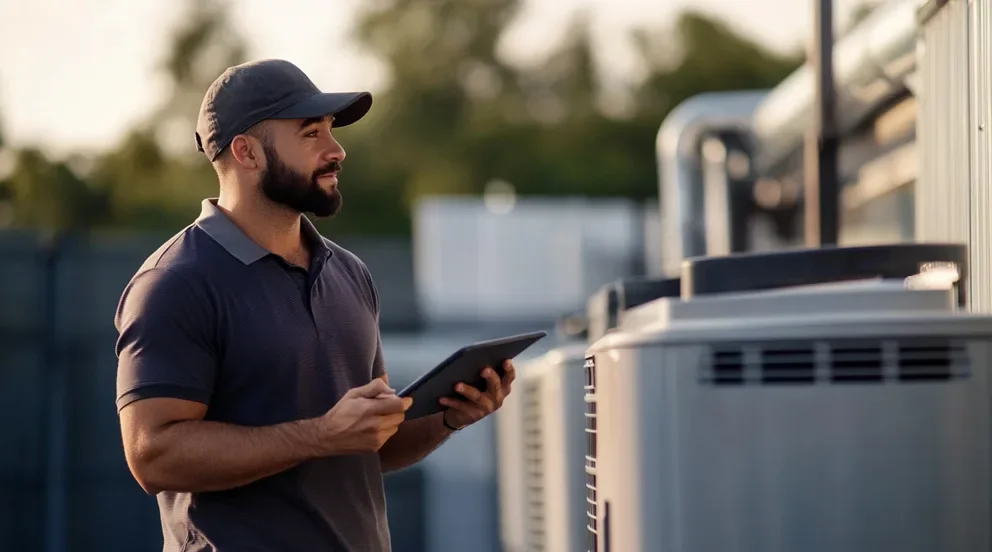Commercial roof estimating software is an essential tool for contractors and roofing companies, helping them create accurate and detailed estimates for large-scale roofing projects. This software streamlines the estimating process, reduces errors, and improves efficiency, ultimately enhancing customer satisfaction and profitability. By implementing the right commercial roof estimating software, businesses can optimize their operations, manage costs more effectively, and increase their chances of winning bids.
Effective commercial roof estimating software offers features such as precise measurement tools, material and labor cost calculations, integration with other business systems, and comprehensive reporting capabilities. These functionalities ensure that estimates are accurate, professional, and tailored to the specific needs of each project. This guide will explore the key features of commercial roof estimating software and their benefits.
Precise Measurement Tools
Precise measurement tools are fundamental to any commercial roof estimating software. These tools allow users to input accurate measurements of the roof area, accounting for factors such as slope, pitch, and complexity. Many software solutions include aerial imagery and satellite measurement capabilities, providing highly accurate data without the need for physical site visits.
Accurate measurements ensure that material quantities are correctly estimated, reducing waste and ensuring that the project stays within budget. This precision is crucial for creating reliable estimates that reflect the true scope of the project, helping contractors avoid cost overruns and delays.
Material and Labor Cost Calculations
Material and labor cost calculations are essential for generating comprehensive and precise estimates. The software should include a database of material costs, encompassing various types of roofing materials, fasteners, underlayment, and other necessary components. This database should be regularly updated to reflect current market prices.
Additionally, the software should allow users to input labor rates, accounting for variations in skill levels, project complexity, and regional differences. Accurate cost calculations help ensure that estimates are competitive while also protecting the profitability of the business. This functionality is especially important for large commercial projects where small errors can lead to significant financial losses.
Integration with Business Systems
Integration with other business systems is vital for a seamless workflow. Commercial roof estimating software should integrate with customer relationship management (CRM) systems, project management software, and accounting systems. This integration ensures that all relevant data is centralized, reducing the need for manual data entry and improving accuracy.
For example, integrating with a CRM system allows for easy access to customer information and project history, enhancing customer service and follow-up. Project management software integration ensures that estimates align with project schedules and resource availability. Accounting system integration facilitates the tracking of project costs and revenue, ensuring accurate financial management.
Comprehensive Reporting
Comprehensive reporting capabilities provide valuable insights into project performance and business operations. The software should generate detailed reports that summarize material costs, labor costs, and overall project estimates. These reports help managers monitor project status and identify potential cost overruns or inefficiencies.
Reporting tools can also track key performance indicators (KPIs) such as estimate accuracy, bid win rates, and project profitability. Analyzing these metrics enables businesses to make data-driven decisions to optimize their estimating processes and improve overall efficiency. Detailed reports also facilitate transparency and accountability, helping businesses build trust with clients and stakeholders.
Customization and Flexibility
Customization and flexibility are important for meeting the unique needs of different roofing projects. Commercial roof estimating software should allow users to customize estimate templates, set unique project parameters, and tailor reports to specific requirements. This flexibility ensures that the software can adapt to various project types and client demands.
Additionally, the software should support flexible workflows, enabling businesses to manage estimates according to their specific processes and practices. Customizable workflows help ensure that all necessary steps are followed and that estimates are completed efficiently and accurately.
User-Friendly Interface
A user-friendly interface is crucial for ensuring that all team members can use the software effectively. The software should have intuitive menus, clear instructions, and easy navigation. This ease of use reduces the learning curve and ensures quick adoption across the organization.
A user-friendly interface enhances productivity by enabling users to create, manage, and access estimates with minimal effort. It also reduces the likelihood of errors and ensures that all necessary details are included in the estimates, maintaining a high standard of professionalism.
Mobile Access
Mobile access is essential for roofing professionals who are often on the move. Commercial roof estimating software should be accessible from smartphones and tablets, allowing users to create and update estimates from the field. This accessibility ensures that estimates can be generated quickly and accurately, even during site visits.
Mobile access also enhances communication and coordination between field and office teams. Field workers can input measurements and data directly into the software, ensuring that the most current information is available for creating estimates.
Collaboration Tools
Collaboration tools enhance communication and coordination among team members and stakeholders. Commercial roof estimating software should include features such as real-time messaging, document sharing, and collaborative estimating. These tools facilitate effective teamwork and ensure that everyone is aligned with project goals.
Real-time messaging allows for quick resolution of questions and issues, while document sharing ensures that all relevant information is accessible to the entire team. Collaborative estimating enables multiple team members to contribute to the estimating process, ensuring that all perspectives are considered.
Key Takeaways
– Precise measurement tools ensure accurate calculations of roof area, reducing waste and ensuring budget compliance.
– Material and labor cost calculations provide comprehensive and precise estimates, protecting profitability.
– Integration with business systems like CRM, project management, and accounting software centralizes data and improves accuracy.
– Comprehensive reporting provides insights into project performance and business operations, enabling data-driven decision-making.
– Customization and flexibility allow the software to adapt to various project types and client demands.
– A user-friendly interface ensures quick adoption and effective use of the software across the organization.
– Mobile access allows users to create and update estimates from the field, enhancing communication and coordination.
– Collaboration tools enhance communication and teamwork, ensuring alignment with project goals.
By leveraging these features, roofing businesses can streamline their estimating processes, improve accuracy, and enhance overall operational efficiency. Choosing the right commercial roof estimating software is crucial for maintaining organized and accurate estimates, ensuring successful project outcomes, and increasing profitability.



